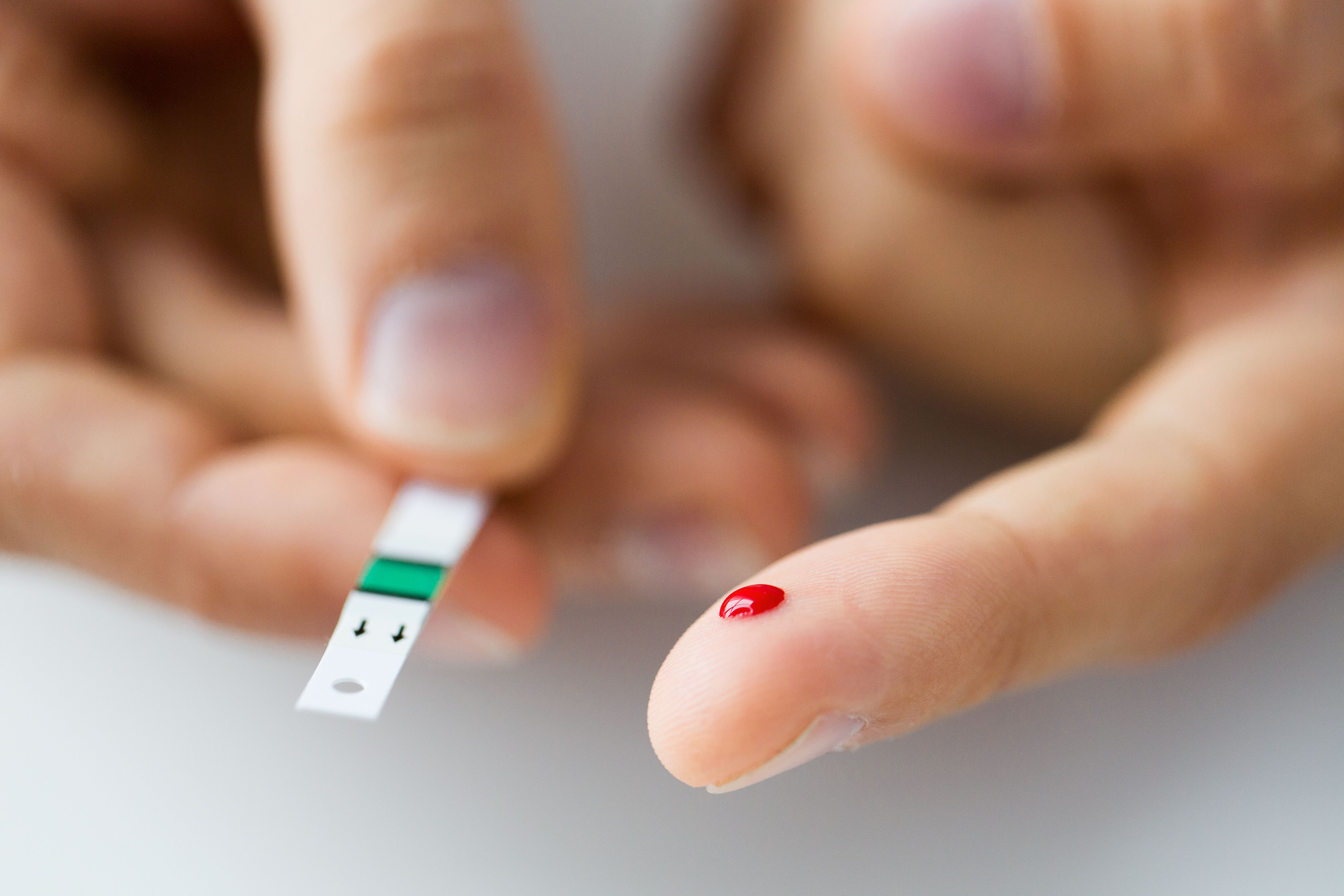A Vital Sign For Diabetes – Ongoing Monitoring
Sep 19th 2022

One way to talk about holistic health is to investigate people's vital signs – the information metrics about their body that you measure in real time, or on an ongoing basis.
Many of us are familiar with a lot of the most common vital signs, including things like heart rate, blood pressure and blood oxygenation.
We tend to pay attention to these vital signs knowing that they’re critical indicators of our health.
Blood Sugar and Diabetes
Blood sugar is a little that way, too. It's something that changes over time and according to what we’re eating and drinking, or other relevant factors.
It's also something that has an impact on health.
Diabetes patients are told to monitor their blood sugar levels as closely as possible, because that gives them more information with which to fight the disease.
Tracking Blood Sugar
Think about tracking blood sugar the same way you would think about tracking something like blood pressure.
Let's say that you had a history of high blood pressure, but it was treated and controlled. But you might have one high reading. Does that high reading constitute a change in your average, or just a regular spike?
The way to know is to conduct ongoing monitoring. This is fairly easy with the blood pressure cuff – you don't need an additional unit for each test – you just keep testing throughout the day, week or month.
With blood sugar levels, you'll need to be able to take a blood sample each time.
Ready and Available Blood Sugar Test Strips
By having sets of diabetes test strips at your disposal, you'll be able to keep a close eye on your blood sugar levels.
That's part of why we put the site together offering the kinds of lancets and mini-needles that will help you to do this on a regular basis.
With these resources in hand, you can build a better picture of what your blood sugar levels look like over time. That will help quite a bit with diagnosis and diabetes remediation, as well as your own confidence in how you’re tracking your body's health signals.
Another way to think about this type of resource is like this: it’s kind of like a Fitbit for your blood sugar. These new trendy wearables are on the rise right now for showing vital signs, including heart rate. But the best way to get related blood sugar information currently is to use a lot of individual self-monitoring test strips.
Diabetes patients are often encouraged to put this information into a kind of health notebook and bring it to their doctor's office for a consultation. Doctors will look at this information and evaluate it over time, to see what's best for a particular patient's care plan – what can be done with diet and home care, and what needs more dramatic intervention.
Check out the website for more on diabetes and what we offer to our customers.
